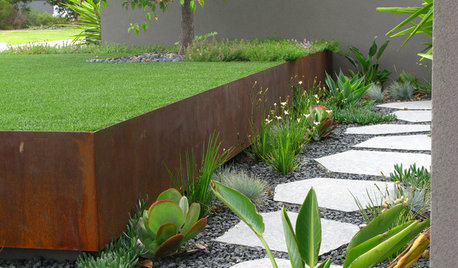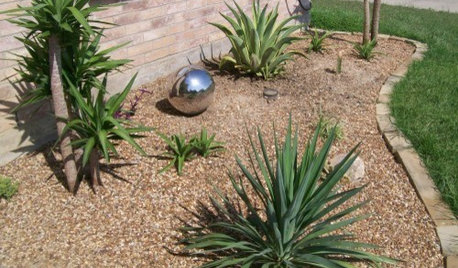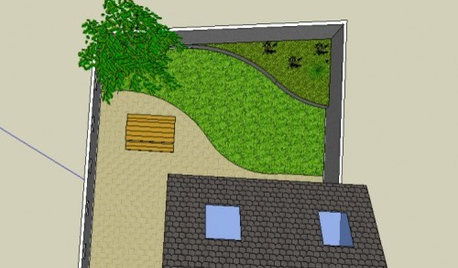New to gardening, some questions
mycologist
14 years ago
Related Stories

EXTERIORSCurb Appeal Feeling a Little Off? Some Questions to Consider
Color, scale, proportion, trim ... 14 things to think about if your exterior is bugging you
Full Story
GARDENING GUIDESNo-Regret Plants: 5 Questions Smart Shoppers Ask
Quit wasting money and time at the garden center. This checklist will ensure that the plants you're eyeing will stick around in your yard
Full Story
LANDSCAPE DESIGN7 Questions to Ask Before Laying Stepping Stones
These broken-up pathways invite you to put a spring in your step — while adding functionality to the garden
Full Story
Design Dilemmas: 4 Questions for Houzzers
Share Your Advice for a Low-Water Garden, Wet Bar, Family Room and Basement Spa!
Full Story
KITCHEN DESIGN9 Questions to Ask When Planning a Kitchen Pantry
Avoid blunders and get the storage space and layout you need by asking these questions before you begin
Full Story

FEEL-GOOD HOMEThe Question That Can Make You Love Your Home More
Change your relationship with your house for the better by focusing on the answer to something designers often ask
Full Story
LIGHTING5 Questions to Ask for the Best Room Lighting
Get your overhead, task and accent lighting right for decorative beauty, less eyestrain and a focus exactly where you want
Full Story
ORGANIZINGPre-Storage Checklist: 10 Questions to Ask Yourself Before You Store
Wait, stop. Do you really need to keep that item you’re about to put into storage?
Full Story
MOST POPULAR8 Questions to Ask Yourself Before Meeting With Your Designer
Thinking in advance about how you use your space will get your first design consultation off to its best start
Full StorySponsored






mrskjun
Donna
Related Professionals
Maple Valley Landscape Architects & Landscape Designers · Ballenger Creek Landscape Architects & Landscape Designers · Foothill Ranch Landscape Architects & Landscape Designers · Sand Springs Landscape Architects & Landscape Designers · Buford Landscape Contractors · Edmond Landscape Contractors · Cordele Landscape Contractors · Holland Landscape Contractors · La Verne Landscape Contractors · Lake Saint Louis Landscape Contractors · North Highlands Landscape Contractors · Old Saybrook Landscape Contractors · Santa Maria Landscape Contractors · South Farmingdale Landscape Contractors · Greenfield Landscape ContractorsmycologistOriginal Author
Donna
mycologistOriginal Author
Donna
mycologistOriginal Author